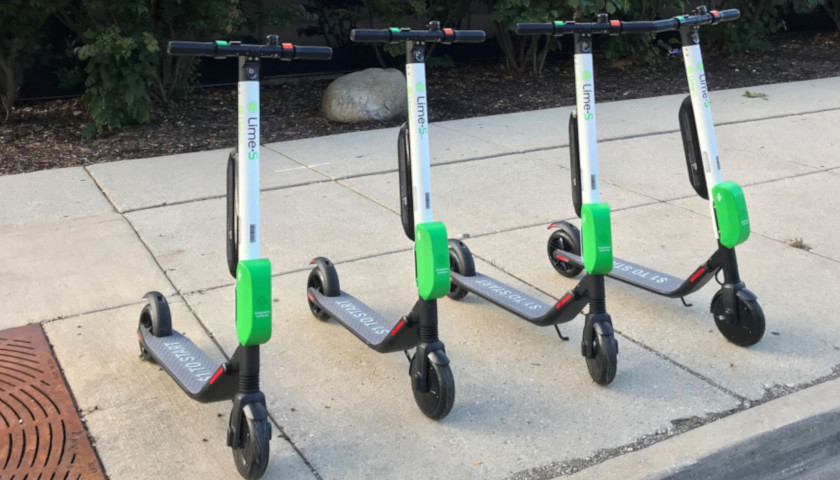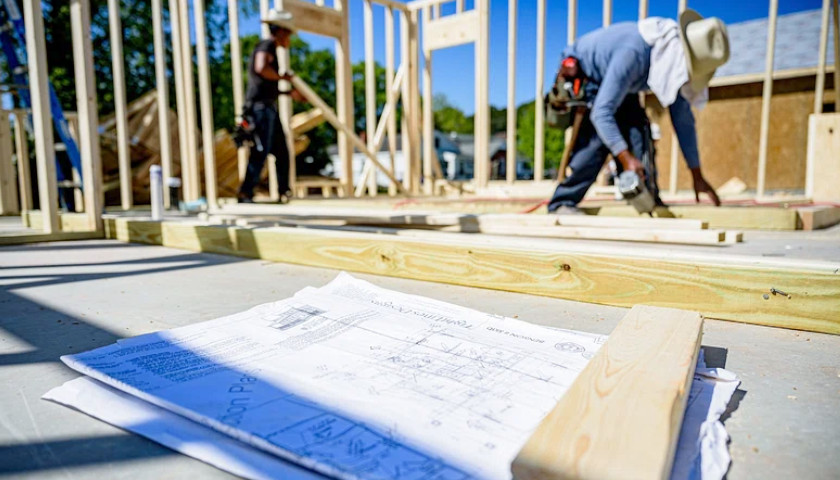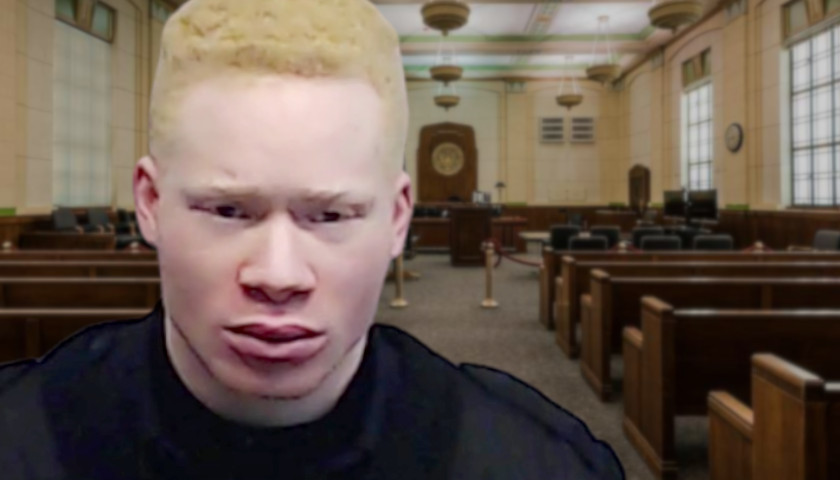Are low-speed scooters actually a motor vehicle, subject to the same Ohio laws as cars and trucks and motorcycles?
Apparently, there is some confusion in the current law, and in upcoming changes that are part of House Bill 62 that created the FY 2020-2021 transportation budget.
Current law says that motor vehicles, including motor scooters, must have a rear license plate. But provisions in transportation budget bill, which are effective on July 1, 2020, say they don’t.
This is why State Representative Jim Hoops (R-81) has introduced House Bill 295. He wants to provide an actual definition for “low-speed electric scooters” and clarify when and how they can be used.
In his sponsor testimony to the House Transportation and Public Safety Committee, Hoops said his bill has three goals:
- Eliminate any confusion as to whether low-speed electric scooters are, or should be, considered a motor vehicle under Ohio law
- Establish default regulations for their safe operation
- Create criminal penalties for anyone who operates one in violation of the default regulations
Hoops told the committee that establishing default regulations was a critical component.
“It maintains local control and authority over the regulation of low-speed electric scooters,” he said. “Local communities and park districts will retain the ability to create and impose additional or unique regulations on the operation of low-speed electric scooters. What House Bill 295 will ensure, however, is that there is a minimum set of rules in place for any person using or operating a low-speed electric scooter.”
Under the measure, low-speed electric scooters are defined as a device that weighs less than 100 pounds, has handlebars, and is propelled by an electric motor or human power. It can go up to 20 mph on a paved level surface, but not more. Since it isn’t defined as a vehicle, it would be exempt from state registration, title, insurance, and certain traffic and equipment law requirements.
They will be able to use public streets, highways, sidewalks, shared-use paths, and any portions of roads set aside for the exclusive use of bicycles. That is, unless a local jurisdiction has a law prohibiting their use on sidewalks. In that case, the local law prevails over the state law.
The regulations for use of the scooters include yielding to pedestrians, using a head light and rear reflector if operated at night, and going no more than 15 mph.
The bill also says you must be 16 years or older in order to use one.
Any violation of the proposed law would be an escalating misdemeanor. That means a first offense is minor misdemeanor, but subsequent violations within certain time frames would move it up to a third degree misdemeanor. Ohio Revised Code sets that financial penalty for a minor misdemeanor at not more than $150. Third degree misdemeanors carry a fine of not more than $500.
Hoops says the new language is a “result of a compromise among low-speed scooter companies and local governments and their representative organizations.”
In response to questions about liability issues from the committee, Hoops said he specifically didn’t go too far in the regulations in order to leave that issue to local communities.
“This is the basics,” he explained. “And if a local community wants to do something different, it can.”
Noting that many communities now rent such scooters, like they do bicycles, Rep. Juanita Brent (D-12) asked if there would be any type of notice or handout to individuals so they would know what the state law requires.
Hoops said such a provision was not included in the bill, but that he would be willing to consider it.
The bill will have at least one other hearing for proponents and opponents to testify before it is voted upon.
– – –
Maggie Leigh Thurber is a writer for The Ohio Star. Email tips to [email protected].
Photo “Scooters” by Baldesteinemanuel326. CC BY-SA 4.0.





